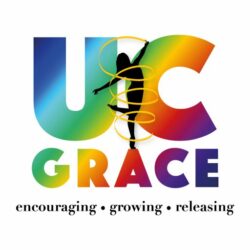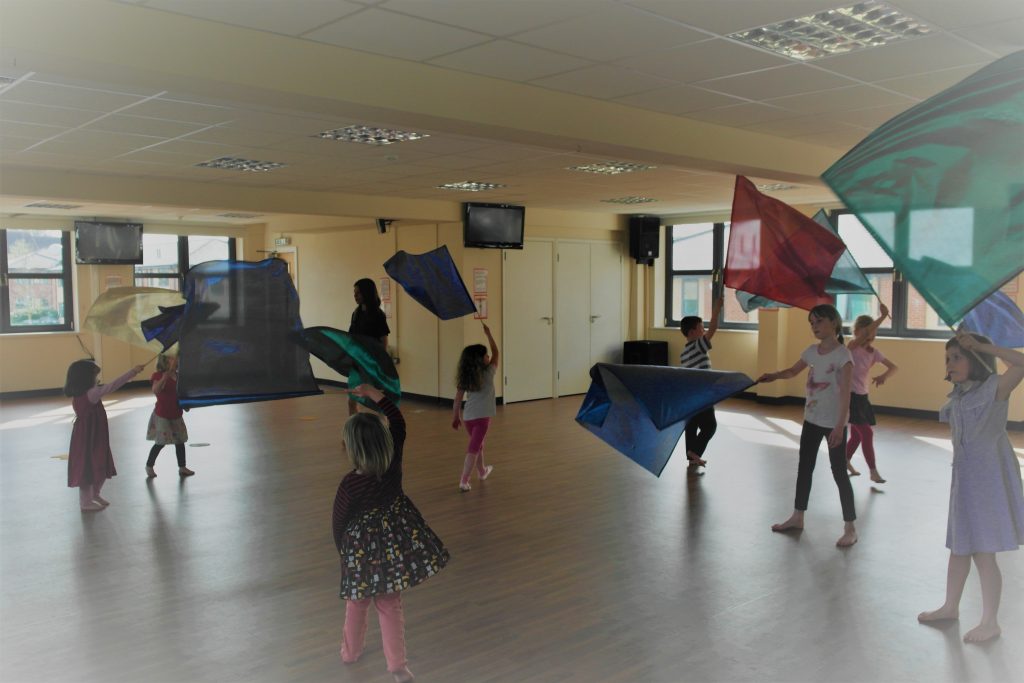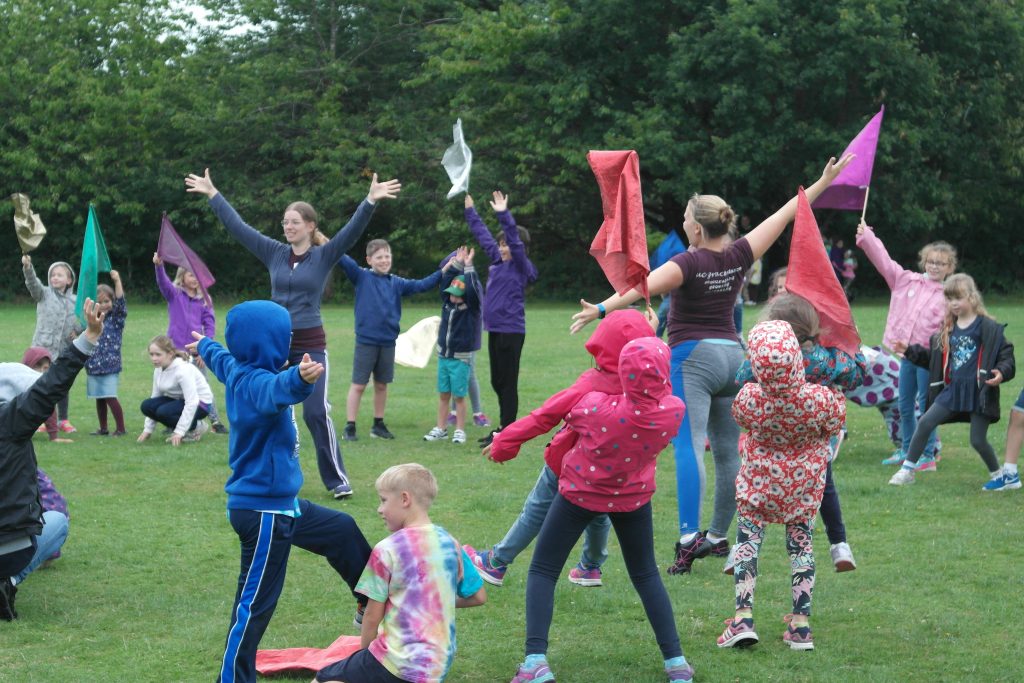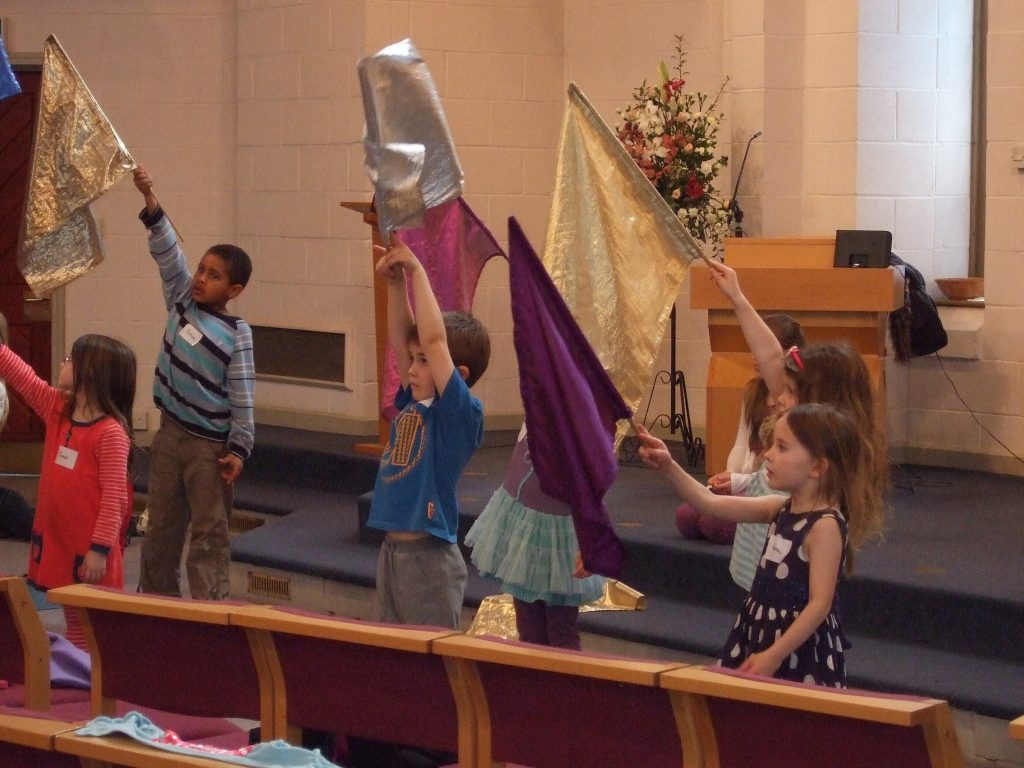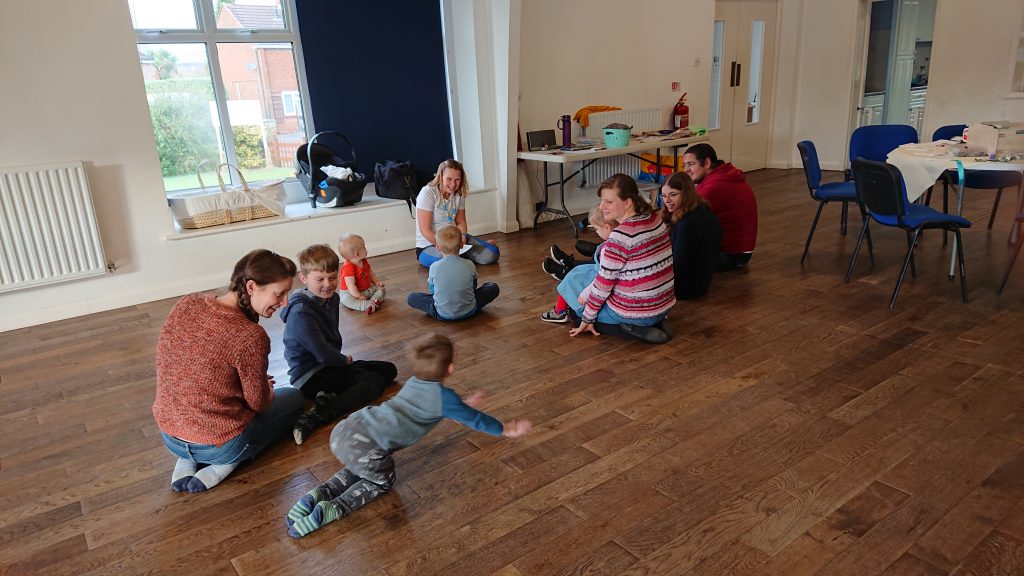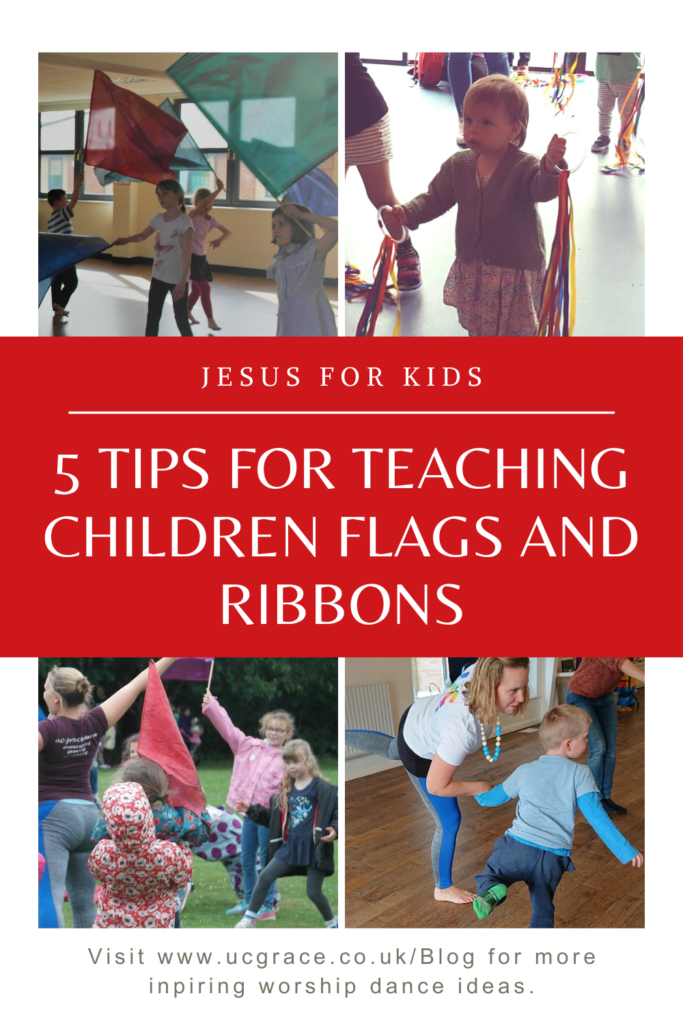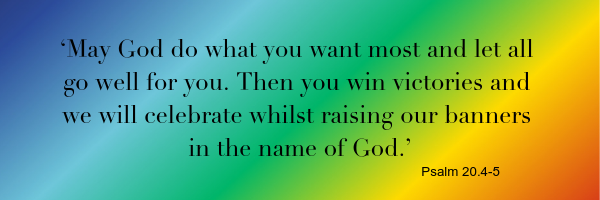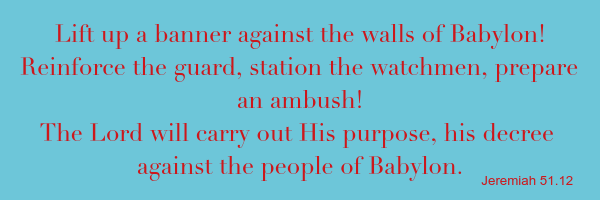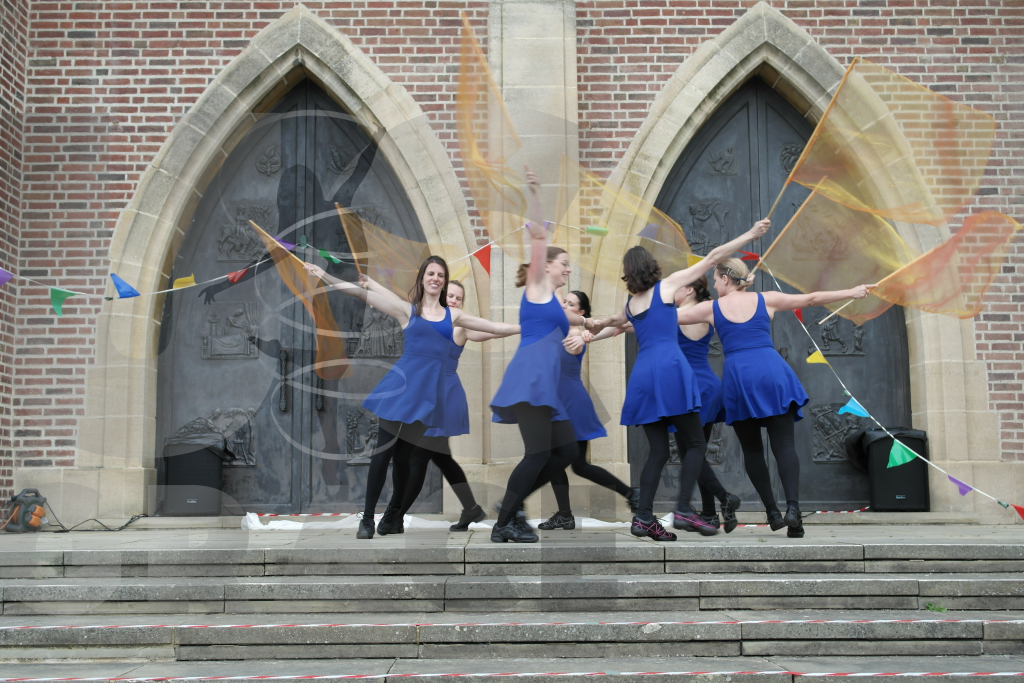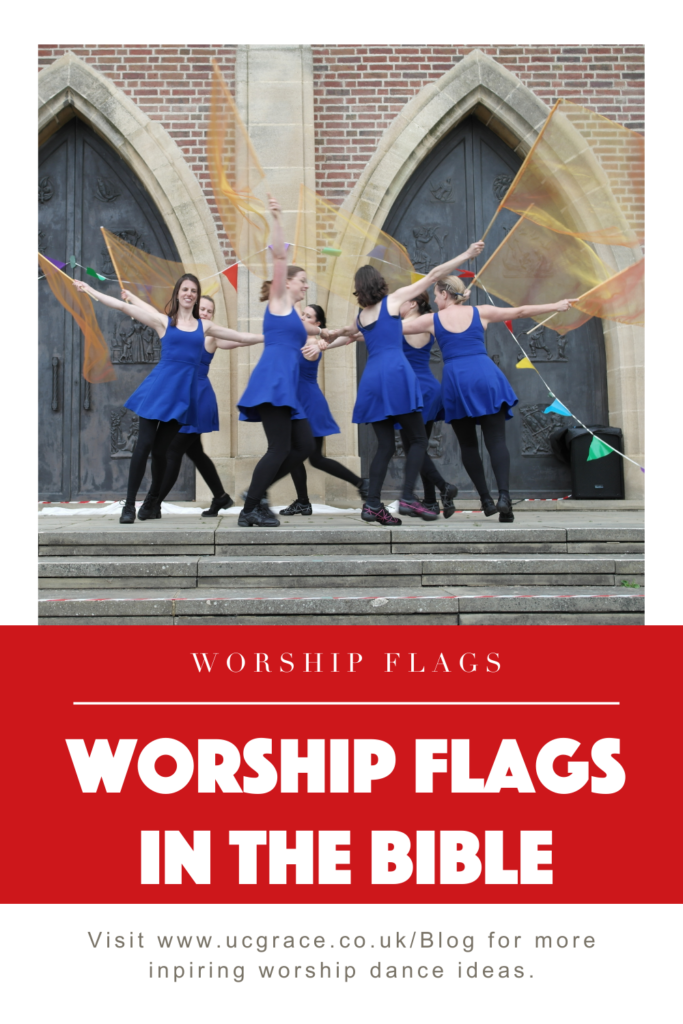When you hear the whooshing and see the swirling of colour there’s a smile that comes as you realise someone is worshipping with a ribbon. Something very special breaks in the atmosphere when dancing with worship dance ribbons occurs.
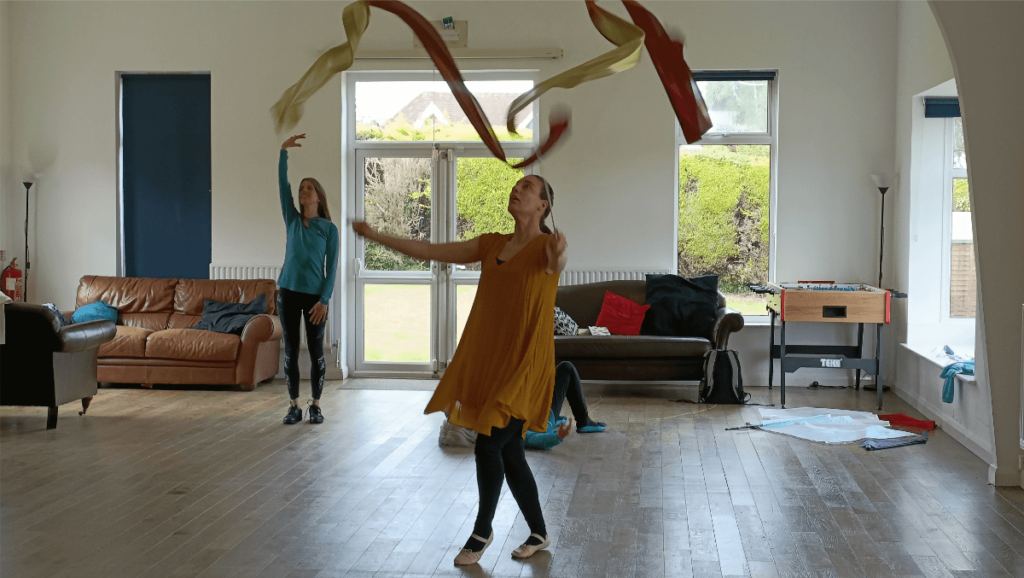
Worship dance ribbons are another way to bring colour and movement into dancing. Not only do they raise the eye level upwards. But the colour and the way the ribbon moves speak to different people in so many ways.
There’re short ones, fat ones, thin ones, long ones, multilayer ones. It’s only your imagination that can limit the type of worship dance ribbons you can make and use. But just like with flags, there are a few things that you should always remember when choosing to do dancing with worship dance ribbons.
Number One! It’s all about the wrist!
The ebb and flow of the worship dance ribbon is created via the flex, rotation, and flick of the wrist. It’s always best to hold the ribbon wand at the end to allow greatest movement and extension during your dancing. Much like with the flag, the ribbon is an extension of your arm. But unlike a flag, it moves, wraps, knots and twists a lot more easily. Clear precise movements of the wrist and body (!) help to maintain the ribbon in a place of hover and shape in the air. Lending the dancing with worship dance ribbons to create shapes that cause pauses in our worship.
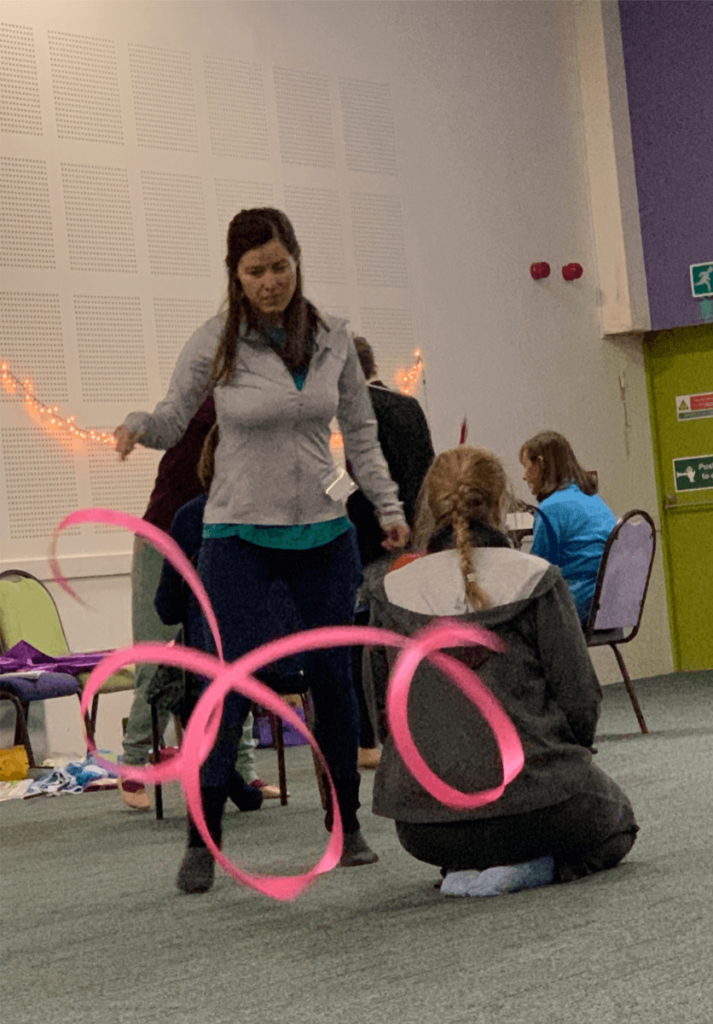
Number Two! The length is important!
As mentioned above, you can have worship dance ribbons in whatever length you want. However, I would say there are some exceptions. Children can operate a ribbon best under 2m. I’d recommend 1m or even shorter (on a curtain ring) for children aged 2 – 5 years. Children will naturally want to move with a ribbon, instinctively they are drawn to it. But, their spatial awareness, movements and concentration can cause the ribbon to get wrapped up, knotted, hit someone and sometimes used a weapon or toy!
For adults starting out I’d recommend starting at around 1.25m or 3m, no longer. You need to build up the strength and movement technique with your wrist before moving onto something longer. Some dancers move with up to 6m of ribbon. But the understanding and movement capabilities of the dancer is much greater. They have much greater awareness of how to use their whole body when they move!
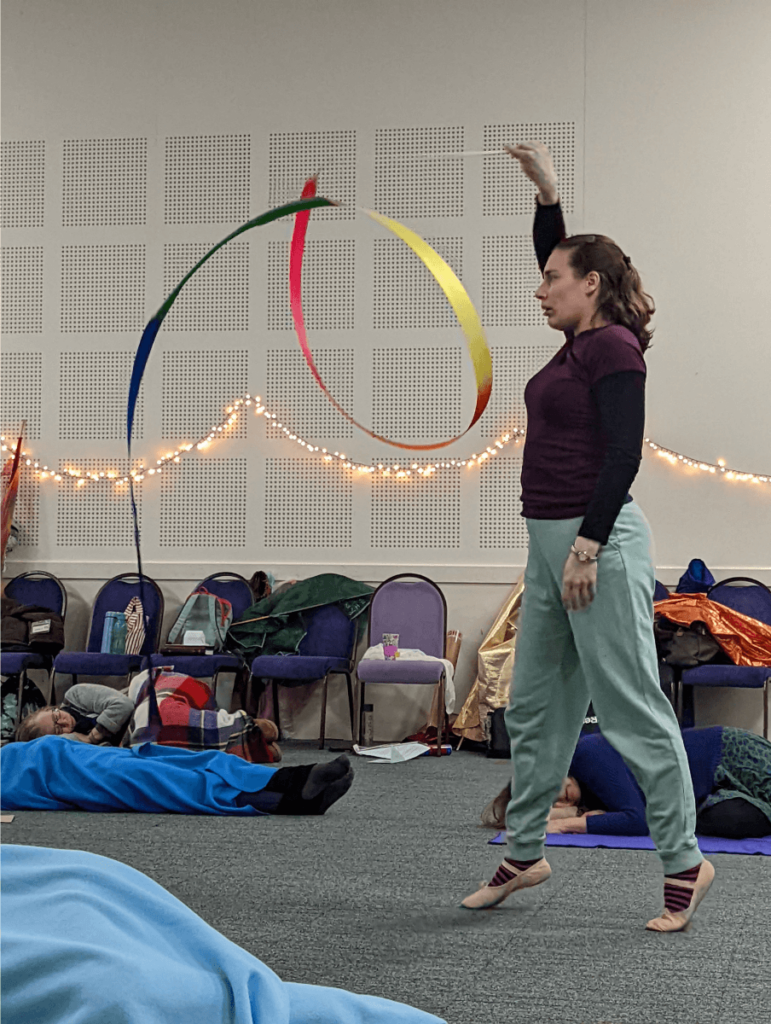
Number Three! Dancing with worship dance ribbons uses your whole body!
When dancing with worship dance ribbons you can sometimes get stuck using the same sort of movements. But, you have your whole body available to use, not just your arms! Unlike the flag, this lovely piece of ribbon really can mimic your movements in the shape it creates and the way that it moves.
This first dancing with worship dance ribbons video below demonstrates how worship dance ribbons can be seen up high. But, also how their movements flow and sit well with how the rest of the body naturally moves. The dancers in this dance were from all different backgrounds, some with no dance experience, some with lots. In this instance the ribbons allowed everyone to be on the same level, take part and move together.
This second dancing with worship dance ribbons video. Demonstrates how individuals create their ebb and flow of movement when they worship. You will notice that one Christian dancer is using worship dance streamers. These are attached to the same form of stick as worship dance ribbons. The movement actions required to fulfil worship dancing with them are the same. See if you can pick out the 3 tips I mention above.
Dancing with worship dance ribbons can be an excellent tool at drawing those who could be nervous, interested but not tried it, or have different abilities, together, to move and dance as one.
Do you use them?
Do you use worship dance ribbons already? How did you find getting started with them? Were you successful getting the movements from the wrist right and using your whole body with them?
If you’re interested in trying out dancing with worship dance ribbons, then head to our resource area here. Here you’ll find some different colours and lengths to get you going. There are one’s available on curtain rings too, for the little ones. Pop back and let me know how you get on.


The following blogs might interest you –
